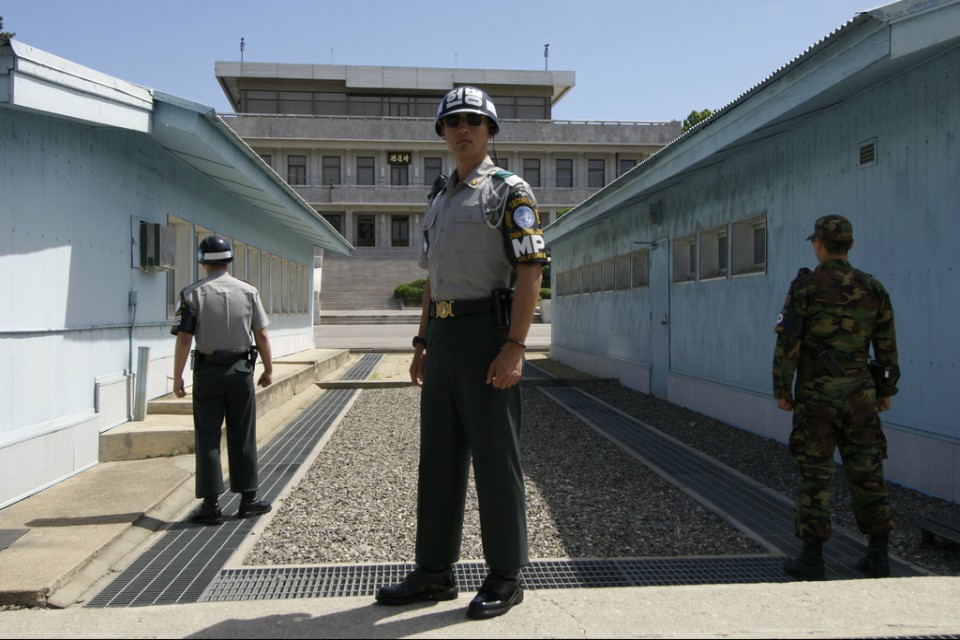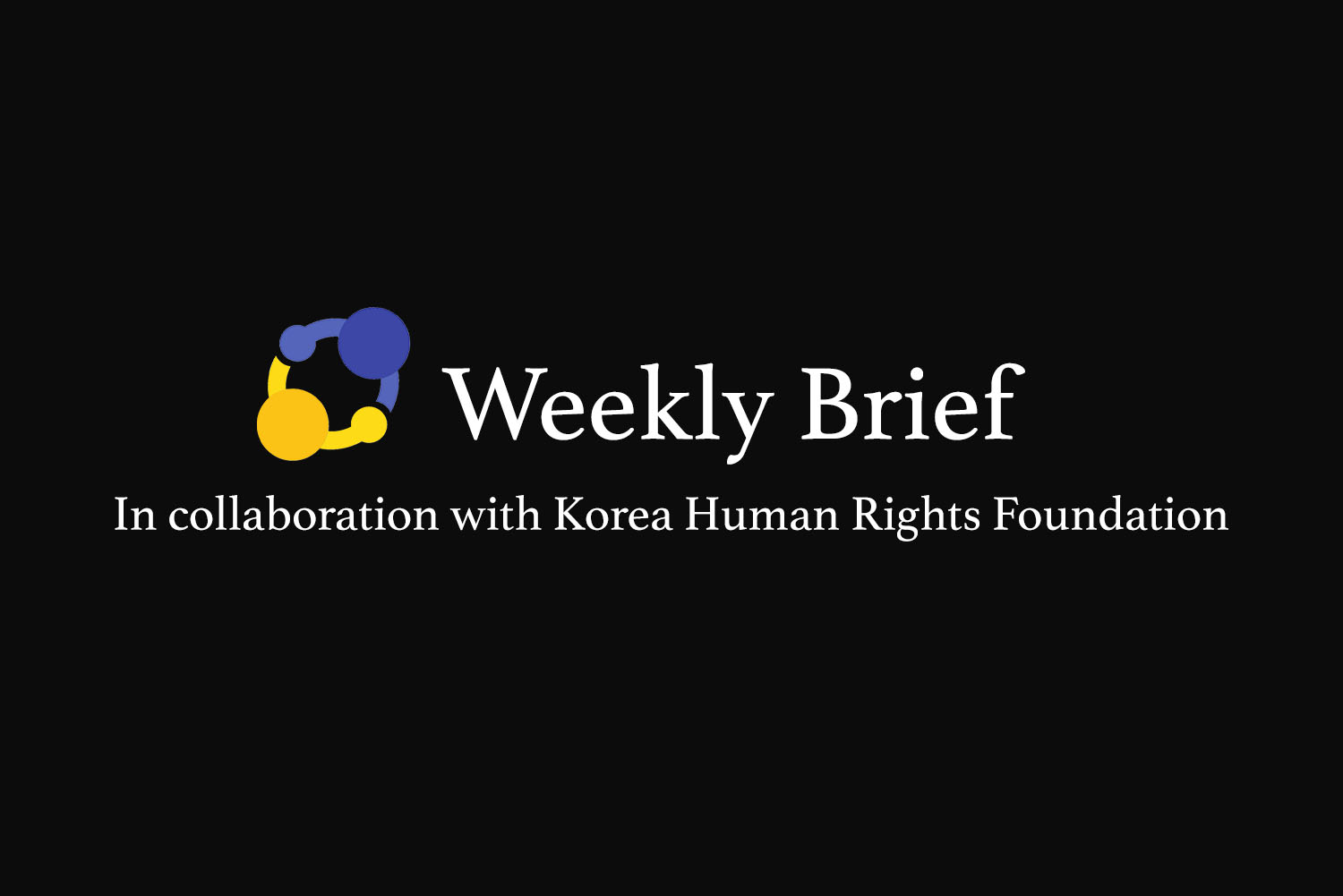
What Will Happen to Kaesong Industrial Complex?
On Jul. 3, South Korea got itself a new unification minister, a man known for promoting economic engagement with North Korea.
The appointment comes against the backdrop of conservative president Park Geun-hye’s ouster in March over corruption allegations. Moon Jae-in, a liberal, was elected on May 9 to replace her.
The reopening of the Kaesong Industrial Complex (KIC) is a pressing question in North-South relations. The joint industrial complex, located in the North Korean city of Kaesong, is a source of huge political debate within South Korea, although this discussion is not as prominent on the international stage, especially compared to the more threatening provocations like missile launches and nuclear tests.
But the issue of the joint complex is an important one; it involves the interests of hundreds of South Korean companies who operated there, and over 50,000 North Korean employees who lost their jobs (and by default the North Korean state, who lost a lucrative source of revenue). Here’s our recap of where things stand with the KIC, and the uncertainty of its future as a new South Korean president comes to power in the age of Donald Trump and Kim Jong-un.
The bygone days when the South Korean factories at Kaesong were still open…
Moon’s rise to power brought about a prospect of better relations with North Korea, including resumption of the controversial Kaesong Industrial Complex (KIC).
But improving economic ties quickly is proving to be difficult.
Moon was chief of staff to late president Roh Moo-hyun, the last liberal to be in power. Roh pushed for economic engagement with and aid to the North under his “Policy for Peace and Prosperity” on the Korean Peninsula. KIC, which went into operation in 2005, was a joint economic venture involving South Korean employers and North Korean workers, whom the Southern businesses paid via Pyongyang as a proxy.
Conservatives perennially criticized the initiative as offering an economic lifeline to the impoverished North Korean government, and it was eventually shut down, in February 2016, by president Park after the North conducted its fourth nuclear experiment.
https://www.youtube.com/watch?v=gIRol5ERXeg
Anchorwoman Ri Chun-hee joyously announced the “complete success” of North Korea’s nuclear launch on Jan. 6, 2016. (Source: North Korean state media)
While campaigning for presidency, Moon pledged to reopen and expand KIC up to 6.6 million square meters. In a Facebook post on the first anniversary of the KIC closure, on Feb. 10 this year, he said he wanted to “open an era of co-existence on the Korean Peninsula and Northeast Asia through economic unification.”
North Korea conducted yet another nuclear experiment last September. On Jul. 4, it also launched what it claimed was an intercontinental ballistic missile (ICBM) with the capacity to reach the continental United States, shocking observers. And just last night, on Jul. 28, Pyongyang fired another long-range missile that, according to some experts on the New York Times, could reach California.
Then there is the issue of whether North Korea would be willing to entertain a proposal for reopening KIC without financial compensation from Seoul, which unilaterally closed the complex in the first place.
The Moon administration, despite the earlier promise by the president, is naturally striking a cautious note. On Jul. 12, the new unification minister, Cho Myung-gyun said that while he believed in reopening the KIC, “there is a need to go about it wisely in consideration of the serious North Korean nuclear problem and the position of the international community.”
Cover image: South Korean soldiers at the border with North Korea in the demilitarized zone (DMZ) in Paju, just a brief car ride south of Kaesong, North Korea. (Source: Flickr)

